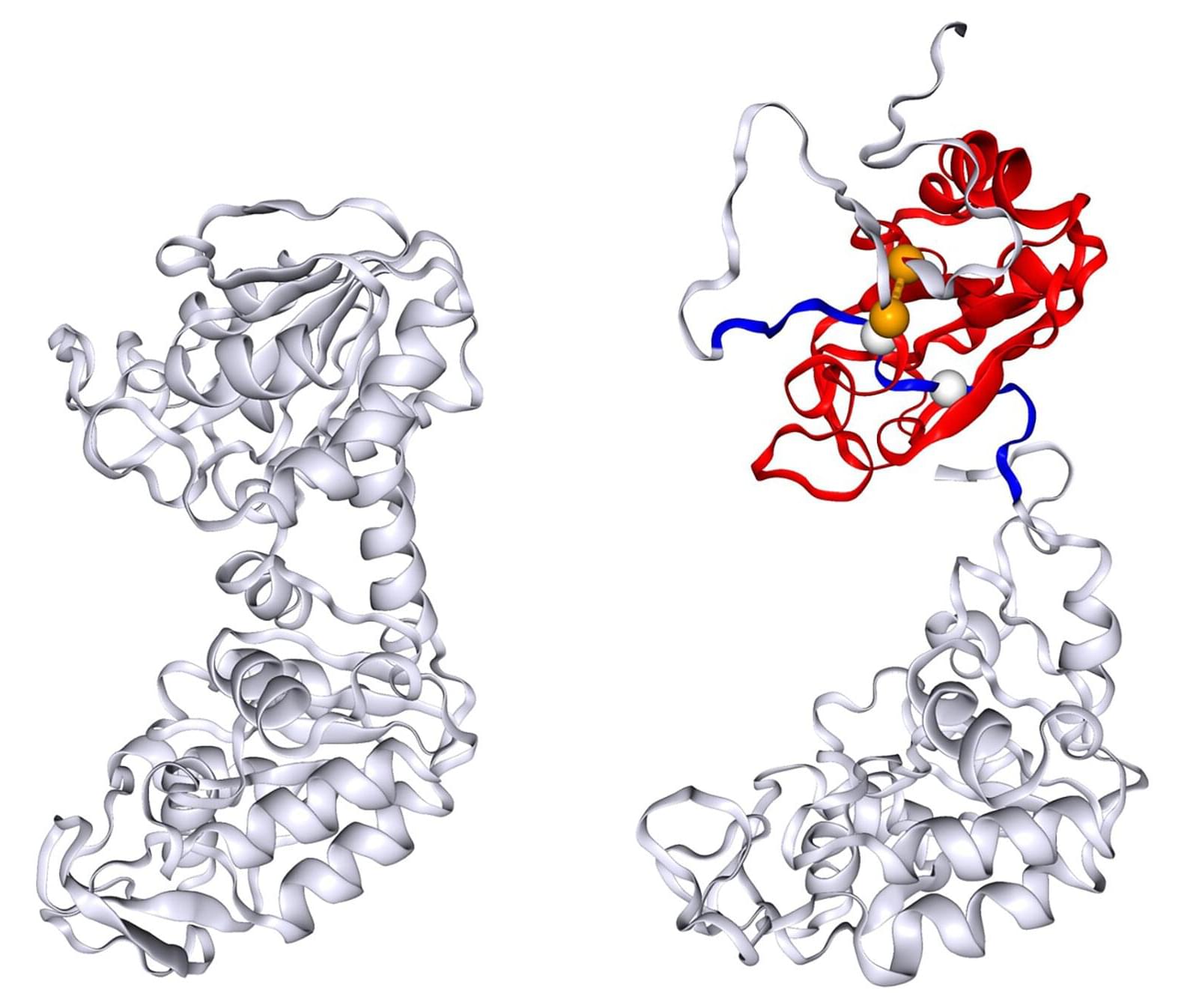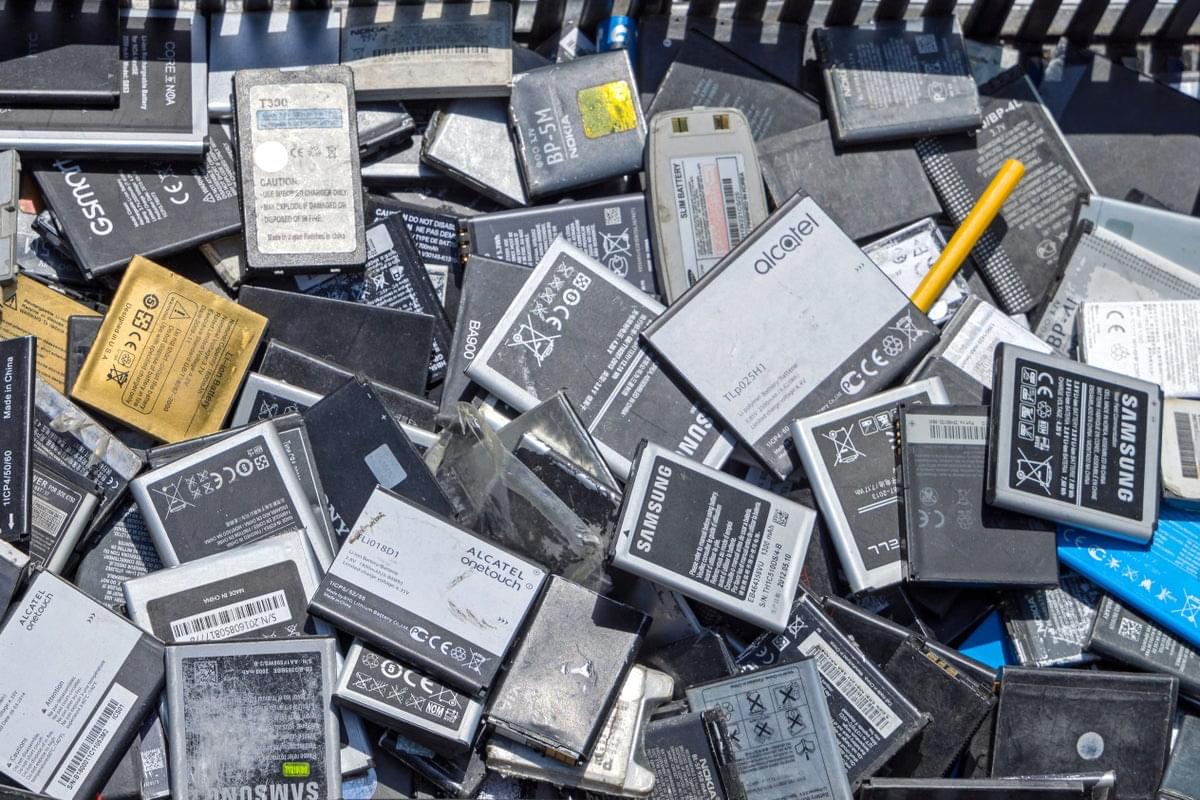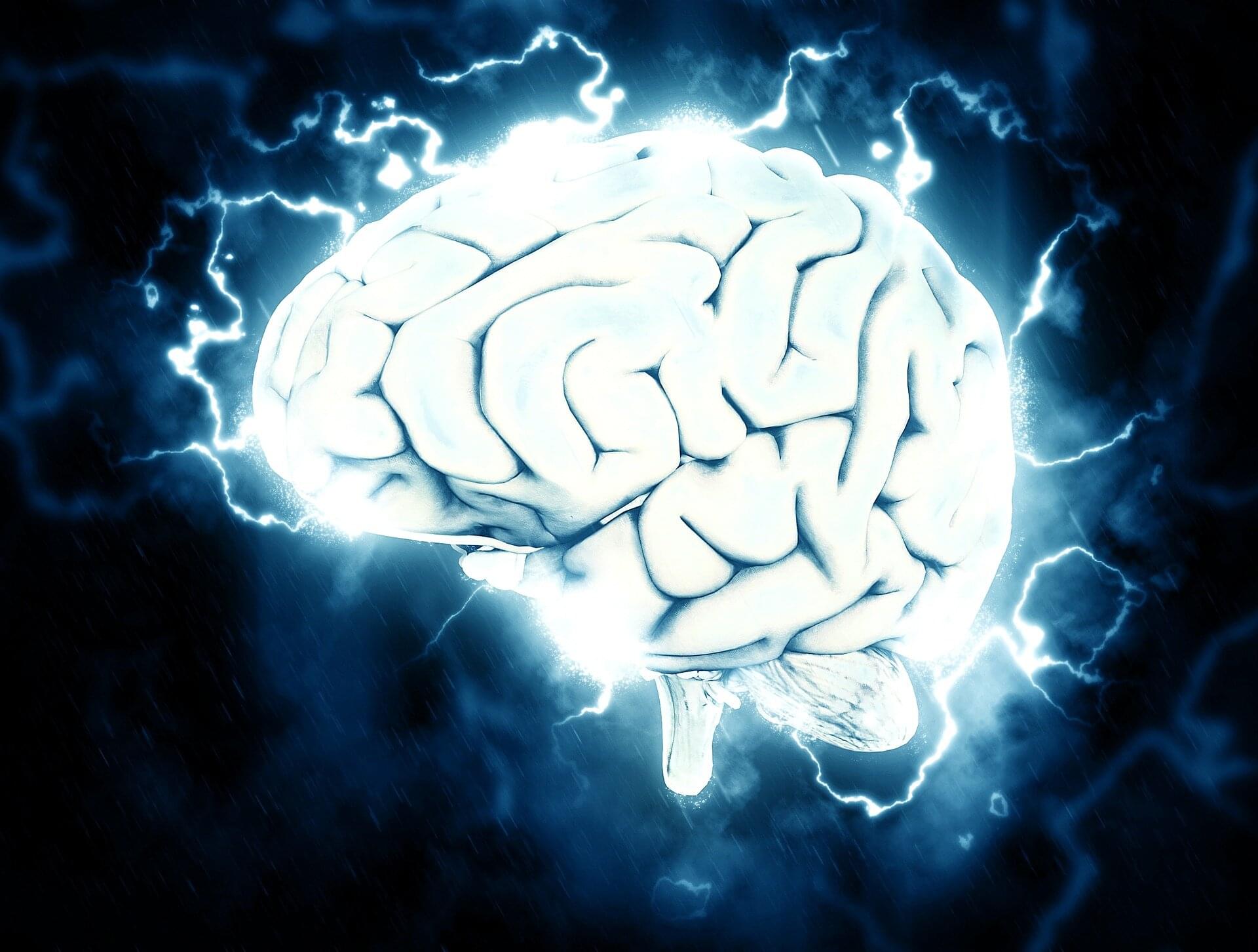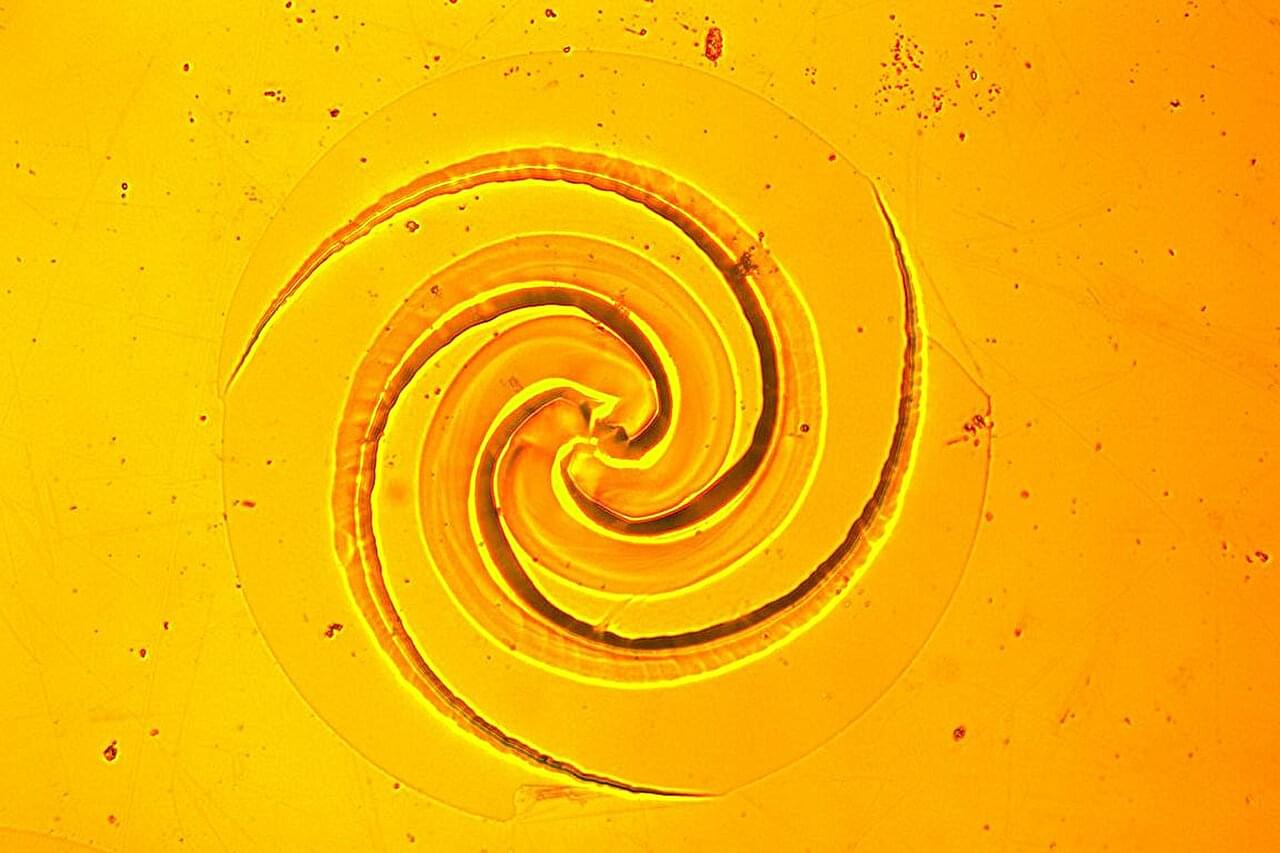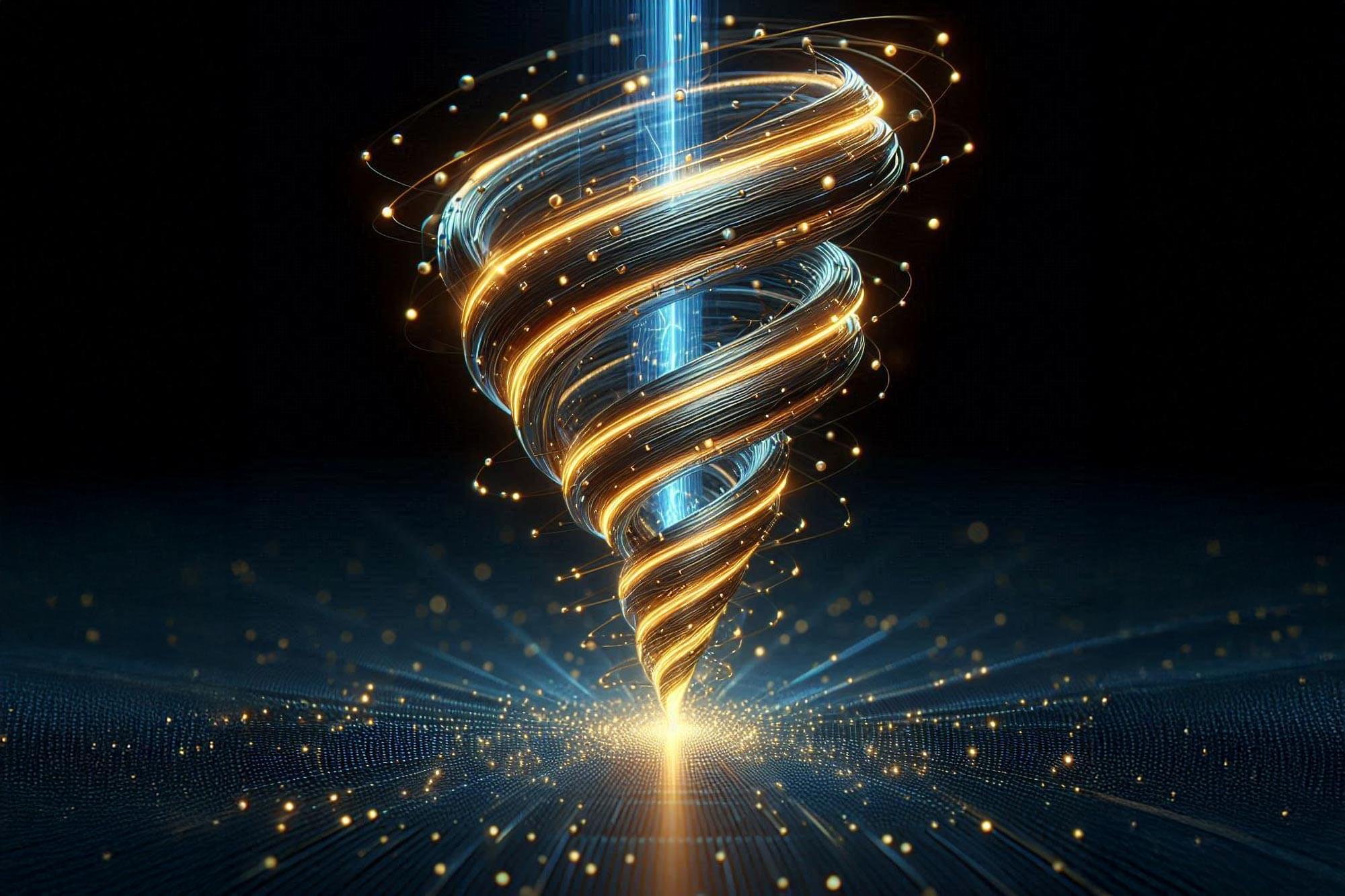Proteins are long molecules that must fold into complex three-dimensional structures to perform their cellular functions. This folding process occasionally goes awry, resulting in misfolded proteins that, if not corrected, can potentially lead to disease. Now, a new study has described a potential mechanism that could help explain why some proteins refold in a different pattern than expected.
The researchers, led by chemists at Penn State, found that a type of misfolding, in which the proteins incorrectly intertwine their segments, can occur and create a barrier to the normal folding process. Correcting this misfold requires high-energy or extensive unfolding, which slows the folding process, leading to the unexpected pattern first observed in the 1990s.
“Misfolded proteins can malfunction and lead to disease,” said Ed O’Brien, professor of chemistry in the Eberly College of Science, a co-hire of the Institute for Computational and Data Sciences at Penn State, and leader of the research team. “So, understanding the mechanisms involved in the folding process can potentially help researchers prevent or develop treatments for diseases caused by misfolding.”
